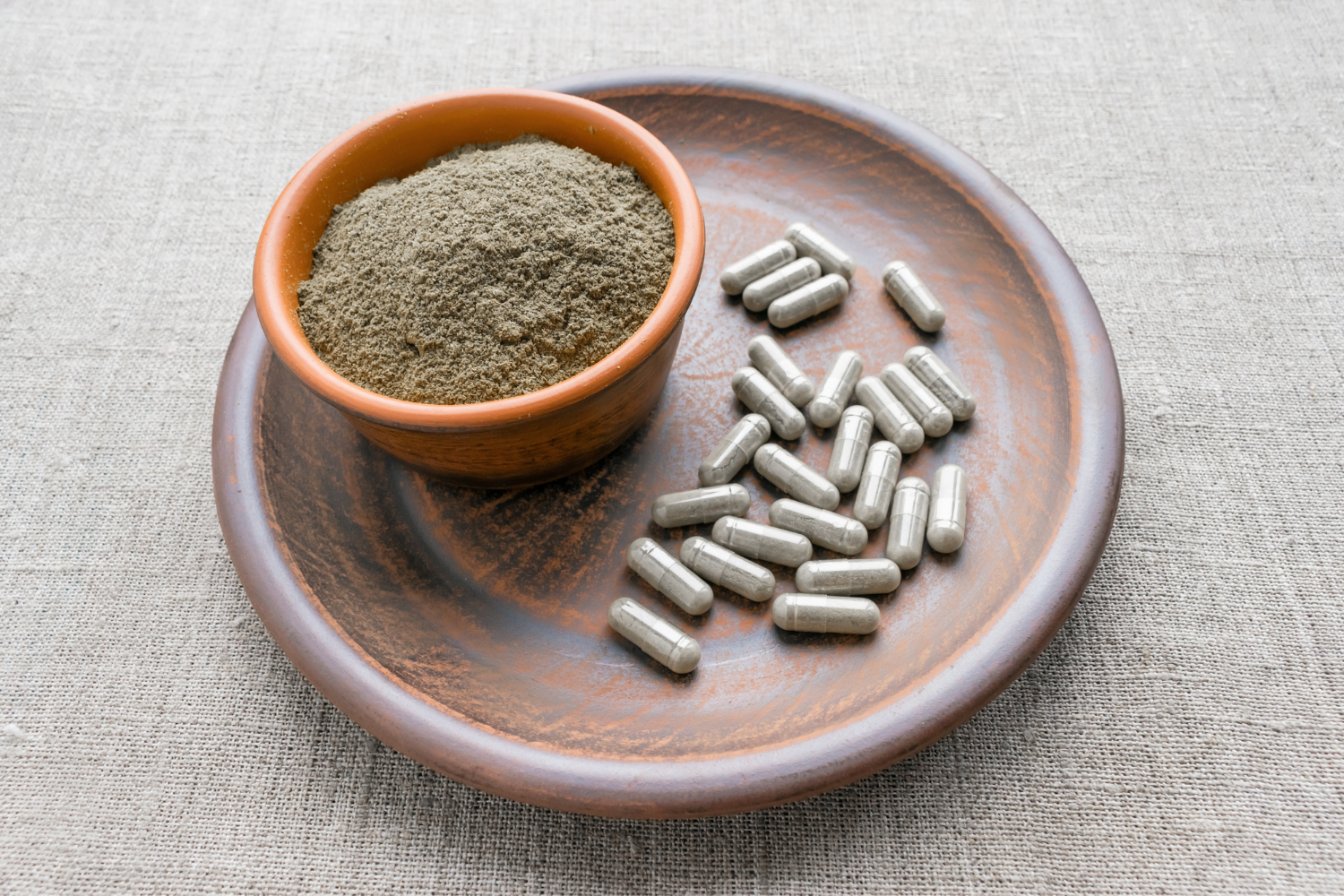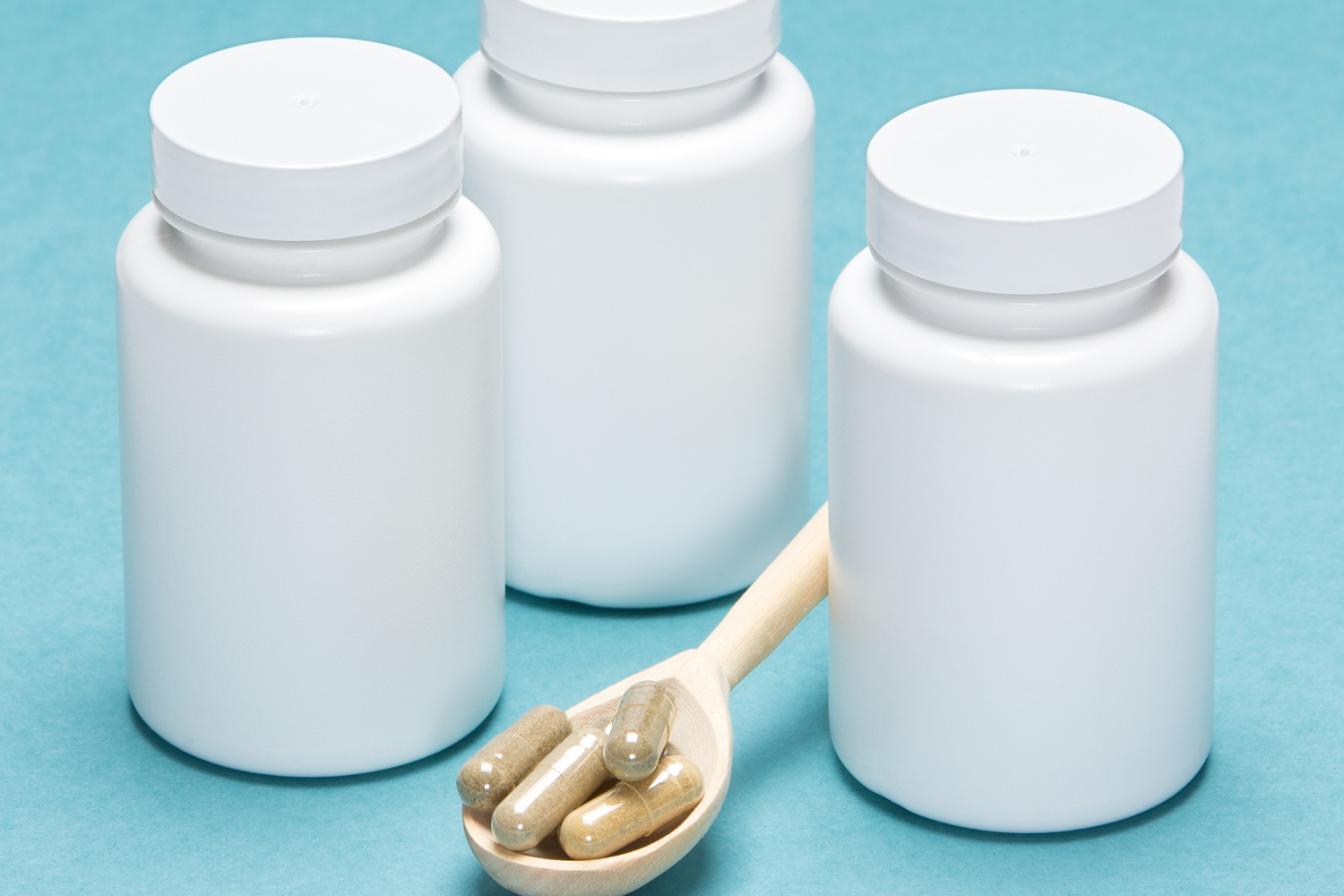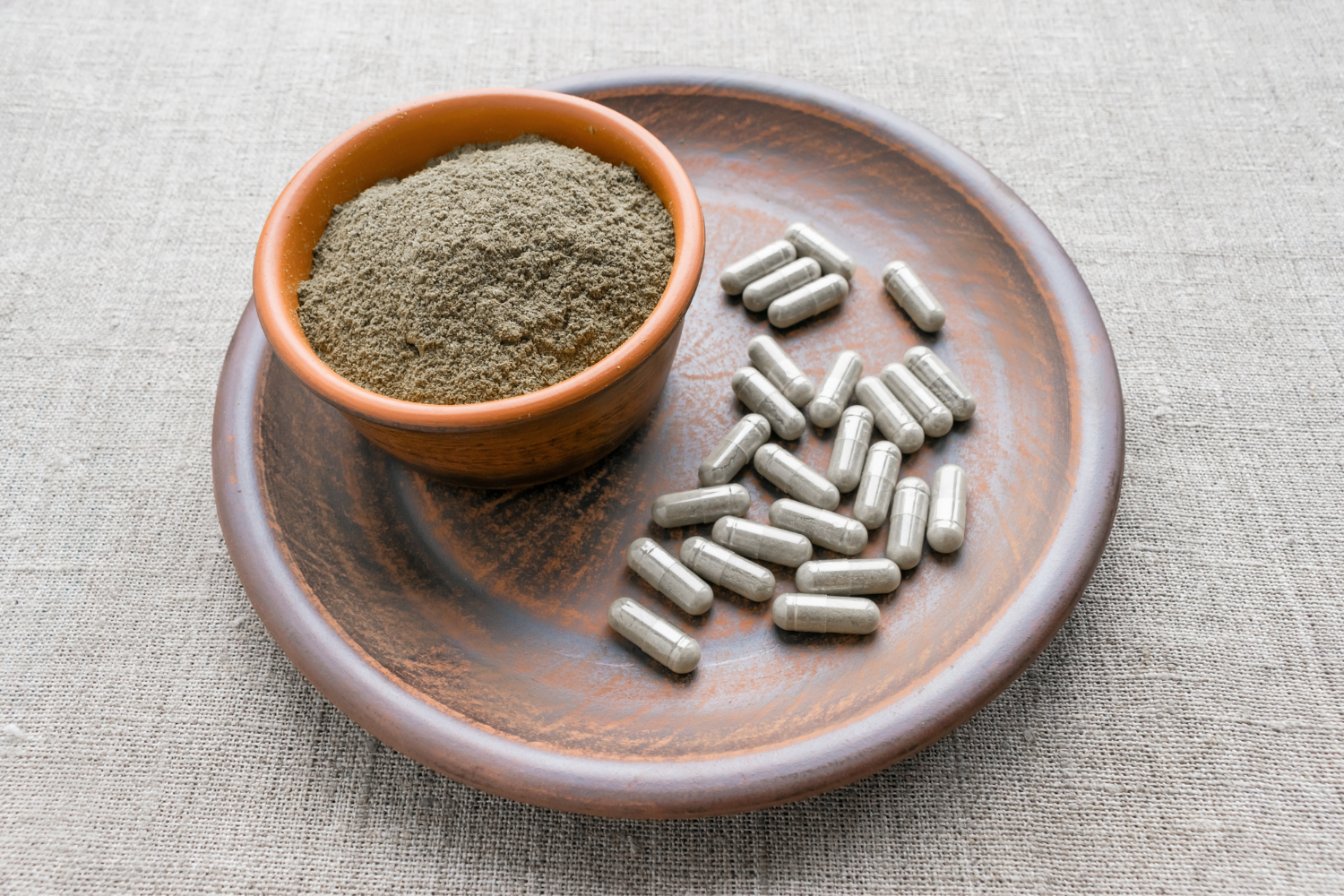The supplement industry is growing rapidly, but developing an effective food supplement formulation requires more than mixing ingredients. A successful dietary supplement must ensure product efficacy, quality, and compliance with regulations in different countries. Key ingredients, raw materials, and other ingredients must be carefully selected based on scientific studies and health claims while considering their specific quantity and galenic form.
The formulation process also involves testing, packaging, and manufacturing to ensure product labels meet regulatory status and appeal to consumers. This guide covers essential steps to formulate high-quality supplements that stand out in the market.

Table of Contents
ToggleStep-by-Step Guide to Formulating a Food Supplement
Creating a high-quality dietary supplement project involves research, testing, and compliance. A structured process ensures a safe, effective product that meets market demand.
Step 1 – Define Your Product Concept & Target Audience
Understanding the target audience helps determine the right dietary supplement formulation. A supplement for athletes requires different active ingredients than one for aging adults or vegans. Identifying the product’s intended function, such as general wellness, muscle recovery, or immune system support, helps align the formula with consumer expectations.
A competitive analysis helps identify how the product will stand out. Differentiating the product from existing products can involve using unique ingredients, improving bioavailability, or offering a cleaner formula with minimal additives.
Step 2 – Select High-Quality Ingredients
Choosing the right raw materials is essential for product efficacy and safety. The ingredients chosen should be backed by scientific studies and tested for purity.
Choosing the Right Active Ingredients
- Vitamins & Minerals – Essential for daily nutrition (e.g., Vitamin D, Magnesium, Zinc).
- Proteins & Amino Acids – Support muscle health and recovery (e.g., BCAAs, Pea Protein).
- Adaptogens & Botanicals – Help manage stress, energy, and cognition (e.g., Ashwagandha, Rhodiola).
- Probiotics & Prebiotics – Commonly included for digestive support (e.g., Lactobacillus strains, Inulin).
Understanding Ingredient Synergy
Some nutrients are often combined to support absorption and function. Vitamin C, for example, increases iron absorption. However, certain interactions can reduce effectiveness, such as calcium inhibiting zinc absorption. Understanding ingredient interactions ensures an innovative formulation that maximizes health benefits.

Step 3 – Ensure Bioavailability & Absorption
Bioavailability determines how well the body absorbs and utilizes nutrients. Highly bioavailable forms, like Magnesium Glycinate, may improve absorption compared to some other forms. Advanced delivery methods, such as liposomal technology, encapsulation, or fermentation, can further enhance nutrient uptake and overall product efficacy.

Step 4 – Choose the Right Delivery Format
The correct delivery format depends on consumer preferences, product composition, and stability.
- Capsules & Tablets – Convenient for daily vitamins and herbal supplements.
- Powders – Ideal for protein, superfoods, and customizable blends.
- Liquids & Gummies – Easier to digest and appealing to younger consumers.

Step 5 – Optimize Taste & Texture
Taste and texture play a crucial role in consumer acceptance. Natural sweeteners like Monk Fruit and Stevia can improve flavor without added sugars. Ingredients such as vanilla, cocoa, or citrus oils enhance the taste of foods and supplements.
Texture can be refined with emulsifiers and stabilizers. Sunflower lecithin, for example, improves mixability in powders, ensuring a smooth, enjoyable experience for consumers.
Step 6 – Conduct Stability & Safety Testing
A supplement must maintain potency and freshness throughout its shelf life. Stability testing ensures that active ingredients remain effective over time.
Safety testing is essential to confirm the absence of contaminants like heavy metals and microbial growth. Validating ingredient dosages through scientific studies helps ensure the product aligns with regulatory guidelines and supports intended benefits.

Step 7 – Regulatory Compliance & Labeling
Compliance with supplement regulations in different countries ensures consumer safety and product legitimacy. The formulation must comply with the FDA (USA), EFSA (Europe), or other local regulatory guidelines.
Clear product labels should provide a full ingredient breakdown, dosage information, and approved health claims. Third-party certifications, such as NSF, GMP, or USDA Organic, enhance credibility and build consumer trust.

Common Mistakes to Avoid in Supplement Formulation
Creating an effective supplement formulation requires careful planning. Avoiding common mistakes ensures product efficacy, consumer trust, and regulatory compliance.
Overloading the Formula with Too Many Ingredients
More ingredients do not always lead to better results. A well-balanced dietary supplement formulation should focus on key ingredients at scientifically backed dosages. Adding too many compounds can lead to ingredient interactions that reduce product efficacy. Consumers also prefer clear, targeted health benefits over overly complex formulas.
Ignoring Bioavailability & Absorption
Nutrient absorption plays a crucial role in a supplement’s effectiveness. Some vitamins and minerals require co-factors for proper absorption, such as Vitamin K2 enhancing Vitamin D3 uptake. Highly bioavailable forms and delivery methods like liposomal or chelated minerals improve nutrient absorption and overall product efficacy.
Failing to Meet Consumer Preferences
Modern consumers look for clean-label supplements that align with dietary preferences, such as vegan, non-GMO, and sugar-free options. Ignoring these trends can limit market appeal. Transparency in ingredient sourcing and third-party testing helps build trust, ensuring that dietary supplement projects meet consumer expectations for quality and safety.
Scaling & Manufacturing Your Supplement
Once a supplement formulation is finalized, the next step is manufacturing and production. Partnering with reliable manufacturers and ensuring quality control is essential for a successful product launch.
Working with a Contract Manufacturer
Selecting the right contract manufacturer ensures product consistency and regulatory compliance. A manufacturer with experience in food supplement production should follow GMP (Good Manufacturing Practices) to guarantee safety and quality. Reviewing their expertise enables better decision-making regarding formulation, packaging, and production scale.
Sourcing & Quality Control
High-quality raw materials are essential for an effective dietary supplement formula. Working with trusted suppliers ensures ingredient purity, potency, and safety. Third-party testing verifies that the specification sheet matches the final product, ensuring compliance with regulations in different countries.
Packaging & Shelf-Life Considerations
Proper packaging maintains product stability and effectiveness. Air-tight, UV-protected containers prevent degradation of active ingredients, ensuring long-term potency. Clear labeling with expiration dates and storage instructions helps consumers maintain product efficacy while following safe usage guidelines.

Marketing & Launching Your Food Supplement
Marketing and launching your food supplement formulation is a critical step in ensuring your product reaches the right audience. A strategic approach that blends branding, distribution, and digital marketing can set your dietary supplement apart in a competitive market.
Building a Strong Brand Message
A strong brand message is essential for standing out in the crowded dietary supplement market. Highlight the science-backed benefits of your active ingredients and emphasize your use of clean-label ingredients that resonate with health-conscious consumers.
Use storytelling to connect emotionally with your audience by sharing the journey behind your dietary supplement project, such as the scientific evidence supporting the key ingredients or how the product formulation meets specific consumer needs. This approach builds trust and sets the foundation for long-term brand success.
Choosing Sales & Distribution Channels
Selecting the right sales and distribution channels is key to ensuring your food supplement reaches your target consumers effectively.
- Direct-to-Consumer (DTC): Sell directly to customers via your website or popular eCommerce platforms like Amazon.
- Retail & Wholesale: Build partnerships with health food stores, gyms, pharmacies, or wellness clinics to expand your reach.
- Subscription Models: Drive loyalty and repeat purchases by offering subscription plans that ensure consumers never run out of your supplement.
Leveraging Digital Marketing for Success
Digital marketing is vital in promoting your dietary supplement formula and engaging with your target market. By leveraging online tools and platforms, you can build a strong presence in the supplement formulation market. First, create SEO-optimized content, such as blogs and videos, that can help educate consumers about ingredient functions and formulation considerations. This content helps attract buyers searching for effective products.
Additionally, collaborate with influencers and wellness professionals to build credibility and share insights about your product. Finally, run targeted ads on social media and search engines to boost brand awareness and drive sales. Combining these tactics ensures your dietary supplement project reaches the right audience at the right time.

Optimizing Your Food Supplement Formulation for Success
Creating the perfect food supplement formulation for your nutrition brand requires a blend of scientific expertise, premium raw materials, and consumer-focused design. By focusing on bioavailable nutrients, clean-label ingredients, and adhering to strict regulations, you can ensure your product stands out in the market. Testing and optimizing the formula while prioritizing product efficacy will lead to an effective product consumers trust. With the right marketing strategy, including digital outreach and storytelling, your brand can establish itself as a leader in the competitive food supplement industry.
Frequently Asked Questions
How do I choose the best ingredients for a food supplement?
Focus on science-backed ingredients with high bioavailability and minimal interactions.
What certifications should my supplement have?
NSF, USP, Non-GMO, USDA Organic, and third-party testing add credibility, while GMP compliance ensures manufacturing quality.
Can I create my own supplement formula at home?
While you can experiment, professional formulation requires lab testing and regulatory compliance.
How long does it take to develop a supplement?
It depends on testing, sourcing, and manufacturing but typically takes 6–12 months.
How do I ensure my supplement is FDA-compliant?
Follow Good Manufacturing Practices (GMP), include proper labeling, and avoid unapproved health claims.
References
- National Institutes of Health. (2024). Vitamin D – Health Professional Fact Sheet. https://ods.od.nih.gov/factsheets/VitaminD-HealthProfessional/
- U.S. Food and Drug Administration. (2024). Current Good Manufacturing Practices (CGMPs) for Food and Dietary Supplements. https://www.fda.gov/food/guidance-regulation-food-and-dietary-supplements/current-good-manufacturing-practices-cgmps-food-and-dietary-supplements
- U.S. Food and Drug Administration. (2024). Label Claims for Conventional Foods and Dietary Supplements. https://www.fda.gov/food/nutrition-food-labeling-and-critical-foods/label-claims-conventional-foods-and-dietary-supplements
- U.S. Food and Drug Administration. (2021). Strengthening Scientific Cooperation Between FDA and the European Food Safety Authority. https://www.fda.gov/international-programs/global-perspective/strengthening-scientific-cooperation-between-fda-and-european-food-safety-authority




